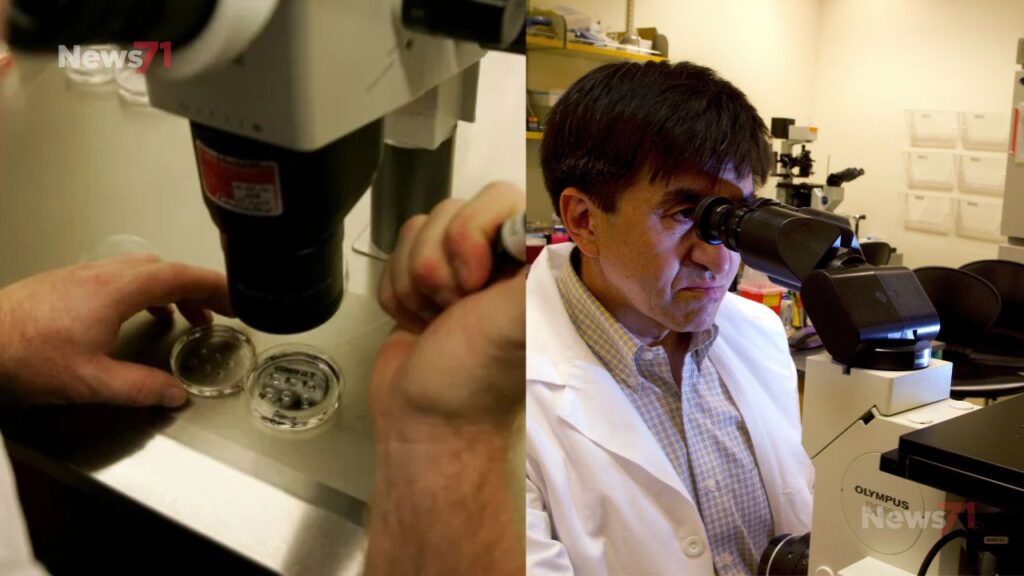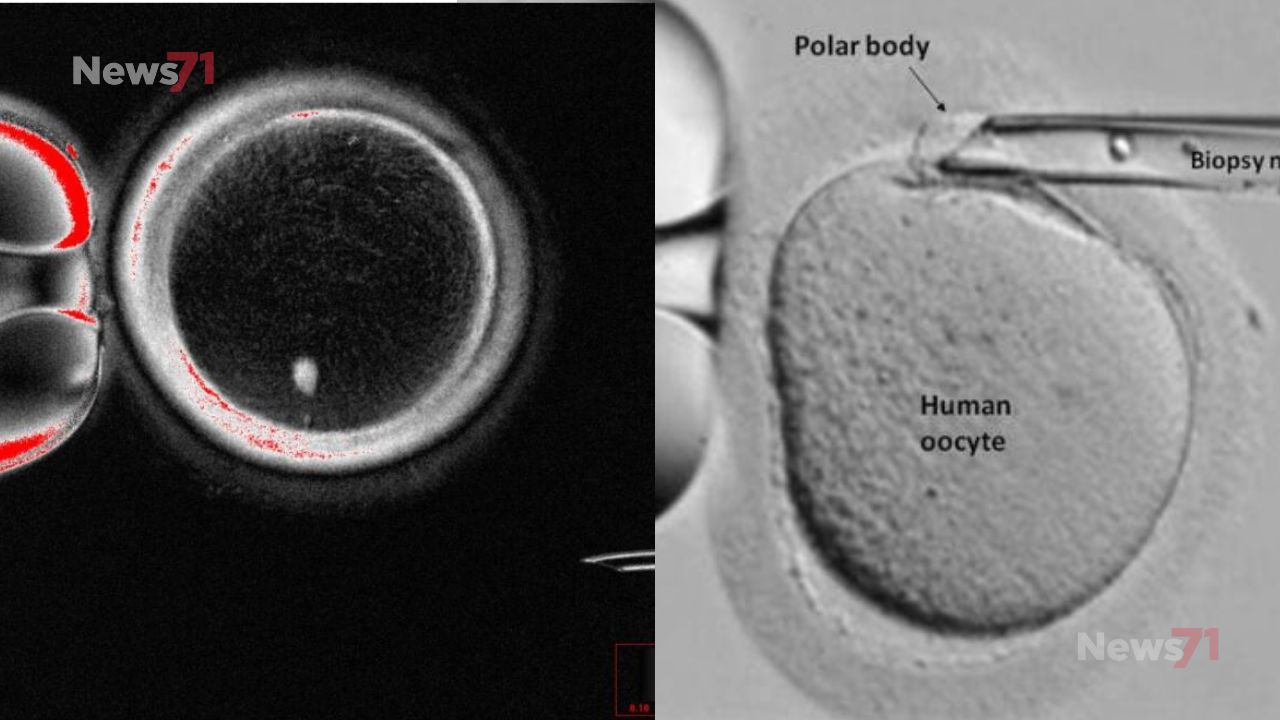Human Eggs Generated from Skin Cells in Groundbreaking Scientific Breakthrough
A team of scientists in the United States has successfully developed a technique that allows human eggs generated from skin cells, marking a major milestone in reproductive medicine. The research, still in its early stages, offers the potential to help infertile individuals have their own biological children. The method involves taking DNA from a skin cell and, through a combination of mitosis and meiosis called “mitomeiosis,” producing functional human eggs. These eggs were then fertilized in the laboratory using sperm. A small proportion of the fertilized eggs survived for six days, reaching the blastocyst stage, which is the point at which embryos are typically implanted during in vitro fertilization (IVF).
How the Technique Works
Traditionally, human cells divide through mitosis to create exact copies or meiosis to produce reproductive cells like eggs and sperm. The researchers combined these processes to generate eggs from somatic skin cells. They removed the nucleus from a skin cell and inserted it into a donor egg that had its nucleus removed. This process, similar to techniques used in cloning, allowed the egg to divide and reduce the number of chromosomes to the correct amount for reproduction. The team produced 82 eggs in this way, and after fertilization, about 9 percent developed into blastocysts. While the success rate is lower than conventional IVF, where roughly 40 percent of fertilized eggs reach the blastocyst stage, researchers emphasize that this is a proof-of-concept study and represents a significant scientific advance.
Potential Applications

According to Paula Amato, professor of obstetrics and gynecology at Oregon Health and Science University, the method could provide new options for individuals with infertility caused by a lack of eggs or sperm. It could also allow same-sex couples to have a child genetically related to both partners by combining DNA from two males or two females in the process. The research offers the possibility of reducing the burden of IVF, as women would no longer need to undergo hormone treatments and egg collection procedures. However, scientists caution that much more work is needed to understand how chromosomes pair and split during this process to improve the technique’s efficiency and safety. human eggs generated from skin cells
Ethical Considerations
The study has sparked discussions about the ethics of creating human reproductive cells from non-reproductive cells. While using surplus IVF embryos in research is legal with consent, creating eggs from skin cells raises complex ethical questions, particularly if these cells are later fertilized. Bioethicists stress that extensive trials and regulatory review would be required before the method could be used clinically. Despite the challenges, experts say the research provides valuable insights into the molecular mechanisms that control egg formation and chromosome segregation. The study was published in the journal Nature Communications and represents a promising step toward future reproductive technologies.












